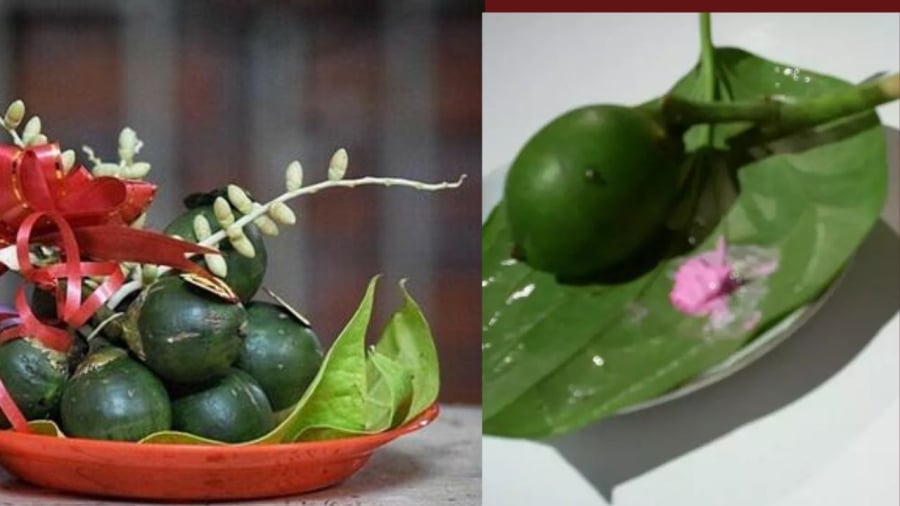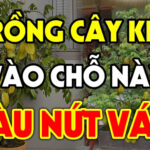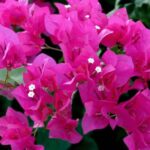The Betel and Areca Nut in Vietnamese Culture: A Sacred Tradition
In Vietnamese culture, betel and areca nut hold a sacred significance. Offering betel and areca nut to ancestors is a traditional practice, symbolizing the start of a conversation with the revered elders. This custom is deeply rooted in the belief of immortality and harmony. The combination of betel and areca nut represents the yin and yang philosophy, emphasizing the importance of unity and balance in life.
It is considered a grave mistake to omit this offering, as it is an integral part of Vietnamese culture. The presence of betel and areca nut on the ancestral altar expresses a family’s wish for harmony, prosperity, and the well-being of their descendants.
Important Considerations to Avoid Taboos
When preparing betel and areca nut for the ancestral altar, it is customary to use an odd number of sets, typically 1, 3, or 5.
Nowadays, some people tend to overlook the importance of lime, which is an essential component. Betel and areca nut without lime are considered incomplete and disrespectful. Therefore, it is advisable to include lime, which represents the earth element, to ensure a perfect offering.

Betel and Areca Nut: An Essential Offering
When arranging the offering on the altar, follow the principle of “East for fruits, West for flowers.” Place the betel and areca nut on a separate plate or include them in the tray of five types of fruits, always positioning them in front of the incense burner, never behind it.
It is imperative to present betel and areca nut together, never separating the two. Omitting either one when offering to the ancestors is considered a serious taboo, believed to bring disharmony and conflict within the family.
Regarding the placement of betel leaves, Northern Vietnamese usually place them upside down, while those in the Central and Southern regions prefer them right side up. When arranged in a tray, the leaves can be curved upward for aesthetic purposes. Thus, whether the leaves are placed upside down or right side up, it does not violate any feng shui principles.
Whole or sliced areca nuts can be used, and the leaves can be rolled or left intact. However, if slicing the nuts, ensure they are offered immediately to prevent discoloration and avoid attracting flies.
After the incense offering, it is customary to take the betel and areca nut as a blessing. Leaving them on the altar until they wither is considered disrespectful to the ancestors and disturbs the spiritual energy of the worship space.
Avoid using artificial betel and areca nut, even those made from precious metals. According to feng shui principles, offering artificial items to ancestors is a major taboo.

Remember to Include Lime with the Betel and Areca Nut Offering
Selecting the Best Betel and Areca Nut
When choosing areca nuts, opt for round, plump, and shiny ones with a deep green color. Avoid ripe nuts with dry stems. The ideal areca nut is slightly firm, and the presence of hairs indicates wealth and prosperity.
For betel leaves, select those that are neither too mature nor too young. The leaves should be fresh and vibrant, free from dark spots or wilting. Ensure the size of the leaves corresponds to the size of the nuts. If using multiple leaves and nuts, strive for uniformity in size.
Before placing them on the altar, gently clean and dry the betel and areca nut to remove any dust or moisture. It is advisable to use homegrown or purchased betel and areca nut rather than those obtained through begging or borrowing.
After the incense offering, the betel and areca nut can be taken down or left with the five types of fruits. However, never leave them to wither on the altar. The leaves can be used for facial cleansing, while the seeds and nuts can be soaked in alcohol to treat bad breath and toothache. Avoid discarding them in the trash.
This information is based on traditional beliefs and practices.




































